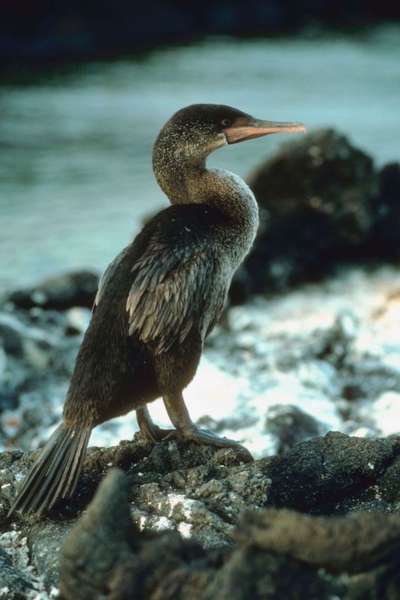Around 2500 metres above sea level, in some of the highest regions of Ecuador, stands the UNESCO World Heritage Trust site city of Cuenca. The capital of the Azuay Province, its full name is Santa Ana de los Ríos de Cuenca. The location is believed to have been inhabited by mankind for over 10,000 years, with archaeological discoveries at the Cave of Chopsi having been dated to 8060 BC. The origins of the city itself can be traced back to around 500 AD and a settlement called Guapondeleg, which translates as “land as big as heaven.”
The Spanish settlement of Cuenca was commissioned by the Viceroy of Peru, who wished the city to be named after his home town in Spain, and it was founded on April 12th 1557. When Ecuador finally became independent Cuenca became the capital of one of its three provinces, along with Guayaquil and Quito.
As one would expect from a location with such a rich historical background, the city centre of Cuenca has a wealth of architectural and cultural artefacts and this is recognised by its UNESCO World Heritage Site status. The compact centre is laid out on a grid pattern, making it easy to find sites of interest when you visit Cuenca.
The Catedral Nueva (New cathedral or Catedral Metropolitana de la Inmaculada Concepción) began construction in 1880 and its blue and white domes are now a symbol of the city. When the Cathedral was first constructed it could hold 90 per cent of the people who lived in Cuenca. It was built to replace the ‘Old Cathedral’ (Iglesia de El Sagrario), which dates from 1557. Unfortunately, the church became too small to support local worshippers and is no longer used as a church, being used a museum instead.
There are many other tourist attractions such as Park Abdon Calderon which is found between the old and new cathedrals. In the park you can see a number of local bird species including the flightless Cormorant, which usually keeps to the coastline. For those wishing to look slightly further afield the, nearby Cañar plantation is a great place to visit. This stunning area is home to impressive Inca ruins which happen to be the biggest in all of Ecuador.
As with any city of such cultural depth, eating out is a large part of the experience for any visitor. ‘Tiestos’ located on Juan Jaramillo is run by Chef Solano who has family roots in the city which span centuries. The unique flavour combinations built up over generations reflect a unique melding of Spanish and South American cultures.
For those eager to visit Cuenca on tour in Ecuador, there are many exciting tours of the area and it’s natural surroundings.
The Colonial Capital Of Ecuador: Cuenca

